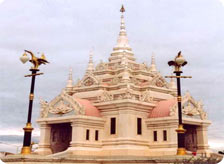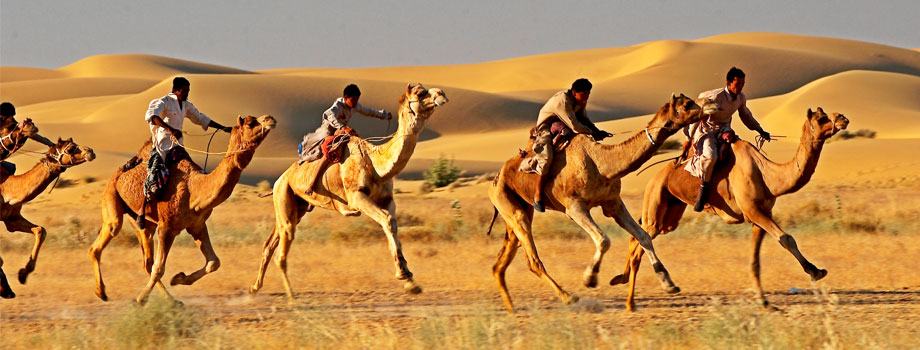-
Wild LIfe in India
India is home to many National parks and Wildlife sancturies within d Read more -
Kerla
With the Arabian Sea in the west, the Western Ghats towering 500-2700 m in Read more -
Taj Mahal
The Taj Mahal is one of the most wonderful tourism destinations in India an Read more -
Varanasi
The land of Varanasi (Kashi) has been the ultimate pilgrimage spot for Hind Read more -
Jaisalmer
The History of Jaisalmer has a charm of its own. Like all other cities of R Read more -
Amber Fort
Established in the year 2005, at JAIPUR (RAJASTHAN, India) we, "SHOW Read more
SURAT
 Surat stands on the hanks of the River Tapti and was once one of western India's major ports and trading towns. Parsis first settled in Surat in the 12th century; they had earlier been centred l00km south in Sanjan, where they had fled from Persia five centuries before. In 1573 Surat fell to Akbar after a prolonged siege. It then became an important Moghul trading port and also the point of departure for Mecca-bound Muslim pilgrims.
Surat stands on the hanks of the River Tapti and was once one of western India's major ports and trading towns. Parsis first settled in Surat in the 12th century; they had earlier been centred l00km south in Sanjan, where they had fled from Persia five centuries before. In 1573 Surat fell to Akbar after a prolonged siege. It then became an important Moghul trading port and also the point of departure for Mecca-bound Muslim pilgrims. The city of Surat has glorious history that dates back to 300 BC. The origin of the city can be traced to the old Hindu town of Suryapur during 1500 – 1520 A.D., which was later colonised by the Brigus or the King from Sauvira on the banks of River Tapi. In 1759, The British rulers took its control from the Mughals till the beginning of the 20th century. The city is located on the River Tapi and has about 6 km long coastal belt along the Arabian Sea. Due to these reasons, the city emerged as an important trade centre and enjoyed prosperity through sea trade in the 16th, 17th and 18th centuries. Surat became the most important trade link between India and many other countries and was at the height of prosperity till the rise of Bombay port in the 17th and 18th centuries.
Surat soon became a wealthy city. In 1612, the British established a trading factory, followed by the Dutch in 1616 and the French in 1664.Surat is no longer of any importance as a port, but it is a major industrial centre, especially for the manufacture of textiles and chemicals, and the processing and finishing of diamonds. Thc city is probably best known these days, however, as the site of an outbreak of pneumonic plague in 1994. Despite its industrial importance Surat is of little interest to travelers, except those with a fascination for urban decay, mayhem, noise and pollution.
Surat is bordered on one side by the Tapti River and on the other by a brick wall. This wall was once an eight km long mud wall, but after the city was sacked in 1664 by the Maratha Leader Shivaji, it was reconstructed in brick. The railway station, surrounded by many economical hotels, is connected to the old fort beside the river by one of Surat's roads.
Around Surat
There are a number of beaches near Surat. Only l6km away, Dumas is a popular resort with locals. Hajira is 28km from the city and Ubhrat is 42km out, while Tithal is 108kn away and only five km from Valsad on the Mumbai to Vadodara train line. Twenty-nine km south of Surat, Navsari has been a headquarters for the Parsi community since the earliest days of their settlement in India. Udvada, only 10km north of Vapi the station for Daman, has the oldest Parsi sacred fire in India. It is said that the fire was brought from Persia to Diu, on the opposite coast of the Gulf of Cambay, in 700 AD. Sanjan , in the extreme south of the state, is the small port where the Parsis first landed. A pillar marks the spot.





